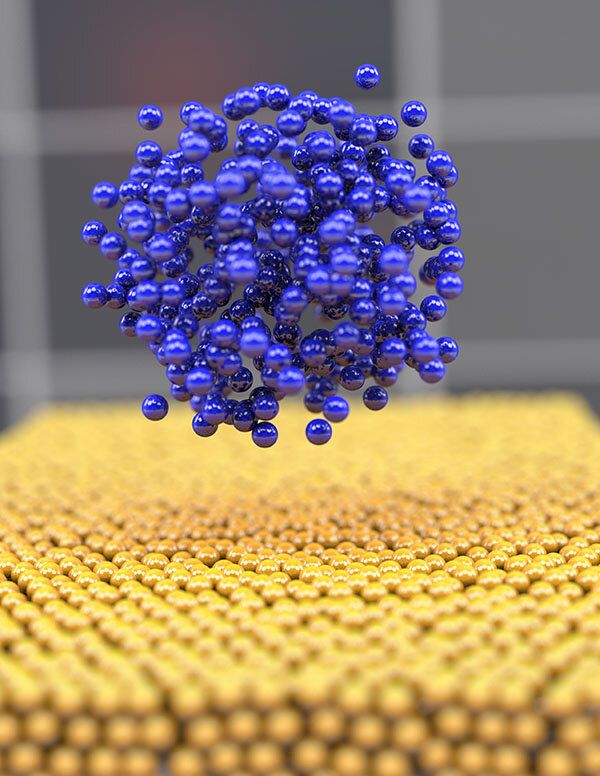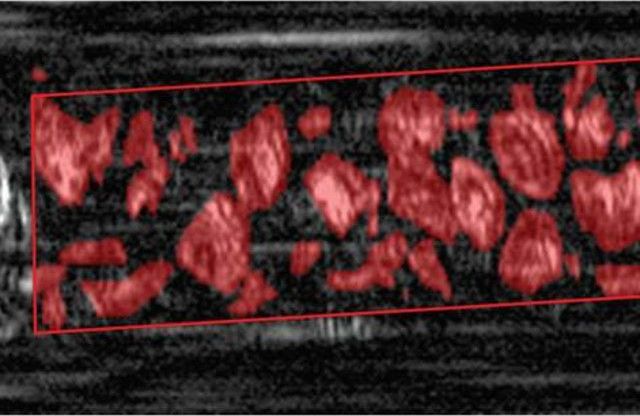An Artificial Intelligence tool to help funders identify specialists to peer-review proposals for emergency research has been developed by Frontiers. It aims to help fast-track the allocation of funding, and in turn, accelerate the scientific response.
An Artificial Intelligence (AI) tool to help funders identify specialists to peer-review proposals for emergency COVID-19 research has been developed. It aims to help fast-track the allocation of funding, and in turn, accelerate the scientific response to the virus.
The open-access publisher Frontiers has specifically developed the recommendation tool to aid funders during the crisis by helping them identify new reviewers. Under normal circumstances, the review process for research funding typically takes place by committee and can take a matter of months. However, since the COVID-19 outbreak, experts have become less available, and the urgency of this situation commands a tighter timeframe.
Simona Grasso, adviser in health research and health innovation at the Research Council of Norway, said: “The reviewer recommender tool made available from Frontiers media, has been helpful and crucial in recruiting experts for our COVID-19 Emergency Call. Due to the short time to assess the proposals, the broad thematic areas of the call and the amount of received application, has been a challenge recruiting many experts with a profile that fully fits the applications. The AI-based recommender tool is straightforward, user-friendly and allowed us to speed-up the recruiting process. In three clicks we managed to get a full ‘application-customized’ list over potential reviewers and their relative contact information. This tool is highly recommended. ”.








